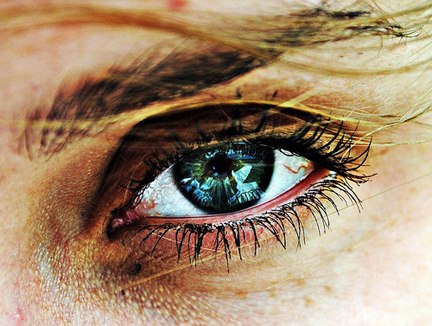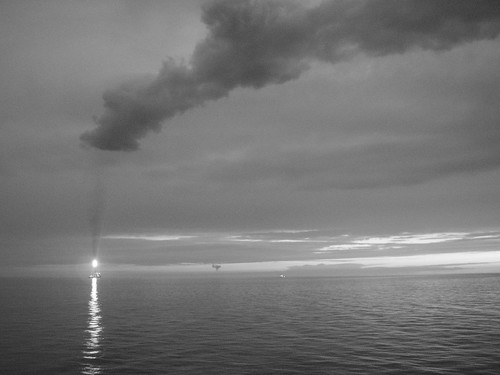
Value: The degree of light and dark in a design. It is the contrast between black and white and all the tones in between.


Color: The aspect of design that differentiates and defines lines, shapes, forms, and space. Color can be defined as saturated (maximum color intensity) or monochromatic (limited to tones or hues of one color). Even black and white images have a huge number of different shades of gray.

Saturated
 Monochromatic
Monochromatic
 Space: The area between and around objects. Increasing or decreasing the amount of space around an object affects the way we view the object. Space can by open (the absence of things around the subject/object) or closed (many things around the subject/object).
Space: The area between and around objects. Increasing or decreasing the amount of space around an object affects the way we view the object. Space can by open (the absence of things around the subject/object) or closed (many things around the subject/object).

Closed
Rough
 Smooth
Smooth Contrast: The value contrast in an image is either high or low. high contrast refers to a great difference between colors (rich blacks and bright whites) or elements, and low contrast refers to a slight difference between colors or elements
Contrast: The value contrast in an image is either high or low. high contrast refers to a great difference between colors (rich blacks and bright whites) or elements, and low contrast refers to a slight difference between colors or elements
High Contrast
 Low Contrast
Low Contrast
No comments:
Post a Comment